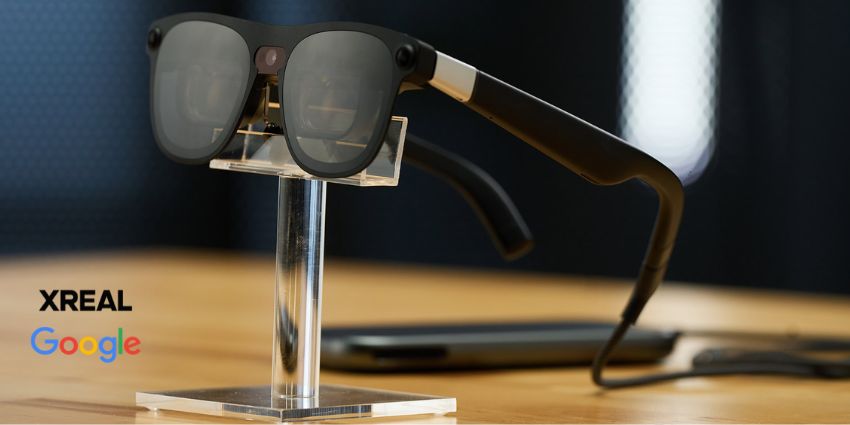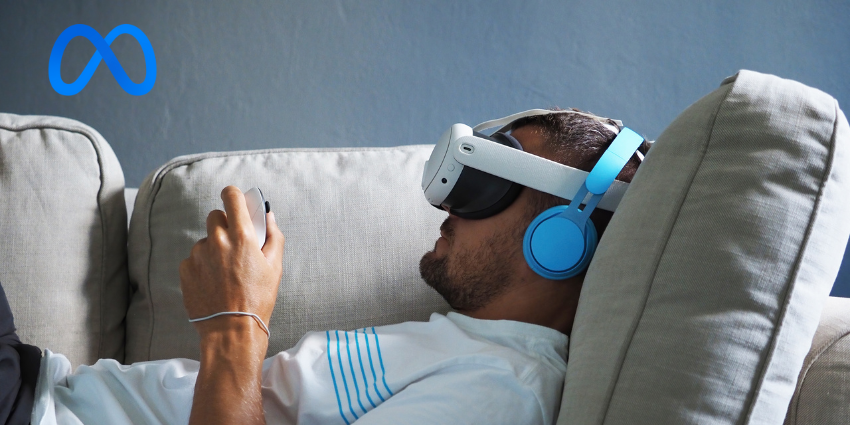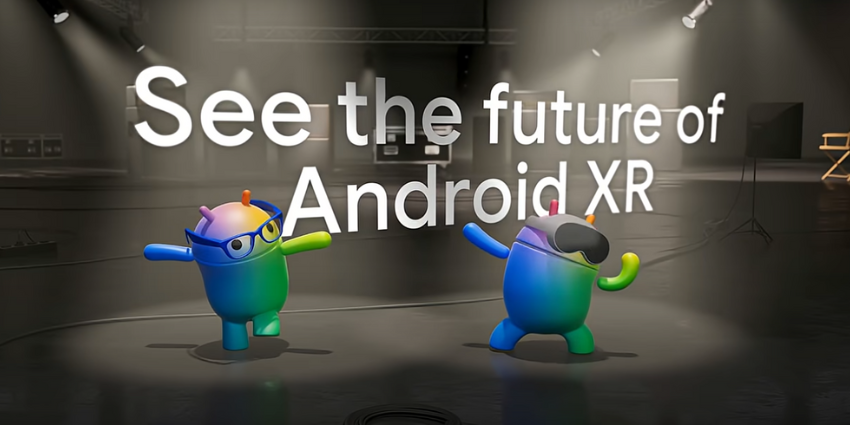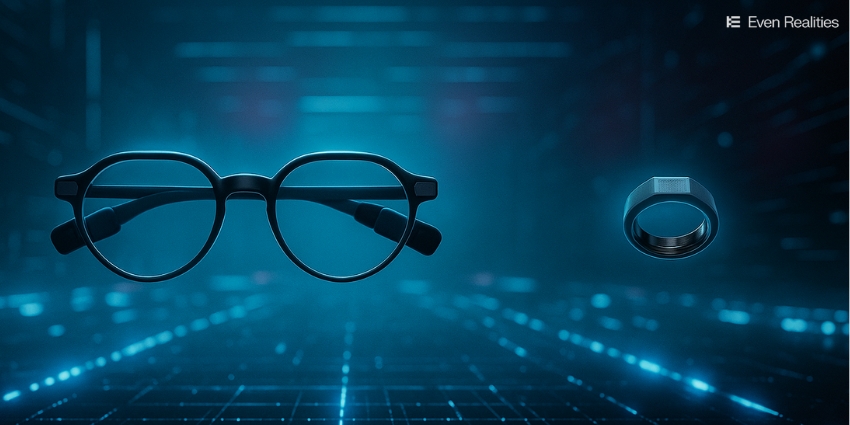Have you ever wondered what makes VR work? How can a headset make you feel like you’re really flying around a city, when you’re really just wandering around your living room? There’s more to this technology than just replacing what we can see with something more amazing.
Virtual Reality developers and innovators are increasingly discovering new opportunities in immersive media, driven by tools that change how we feel, what we see, and even what we can hear around us. As the number of virtual reality headsets continue to grow, VR is emerging as a common part of the digitized landscape. Experts believe that around 58.9 million people will use VR at least once per month by the end of 2021.
Whether you’re already one of the many people who has invested in VR technology, or you’re considering spending some cash on a new headset, it’s worth answering some questions. For instance, how exactly does virtual reality work?
How Virtual Reality Works: The Basics
Set to be worth around $184.66 billion by 2026, VR is one of the fastest-growing technologies in the world, and a source of excitement for many consumers. Increasingly, VR is appearing in homes and businesses across the globe, stimulating environment sand settings in a way that’s realistic enough to fool us into thinking we’re somewhere else.
Therein lies the heart of virtual reality technology. The purpose of a VR headset is to transport you to another version of reality, where you can interact with new environments.
As human beings, we base our perception of the world on the rules developed by our experience. We believe what we see, hear, and feel around us. VR designers use the basic rules of perception, and ideas of how we interact with the world to create environments that feel just as authentic as the world around us.
VR headsets are essentially just machines that replace our surroundings with something created in software. There are gyroscopic sensors, accelerators, and magnetometers in headsets to determine how you move and track your interactions with a virtual space. Your headset also connects to external cameras and computer systems to access software for your VR experience, or connect with additional programs.
Crucial Components of VR Ecolution
Today’s VR offerings are constantly evolving to offer new, more immersive experiences. While we haven’t perfected the experience yet, the innovations keep on coming. Right now, the most impressive VR experiences leverage the following functionalities.
1. Field of View and Frame Rate
Field of view has been a common concern for VR developers. For VR to immerse us in a new environment, it needs to mimic our field of view. Unfortunately, human beings are capable of a much wider field of view in general than headsets can typically provide. The average human can see around 220-degrees of surrounding content. A VR headset can do around 180 degrees.
The field of view in your headset dictates the world you see around you, and how much it mimics your current environment. No headset can accommodate our full natural FOV yet, but the technology is evolving, alongside better opportunities for frame rate.
Frame rate is the other visual element that defines how VR works. Frames need to move at an incredible pace within a VR headset screen to mimic what we see in real life. Experts believe that the human eye can handle up to 1000 frames per second. The human brain, however, never receives the same detail as this. Most developers have found that anything less than 60 FPS causes feelings of disorientation and nausea. Experts are trying to push more towards 120 FPS.
2. Spatial Audio and Sound Effects
A lot of people think VR is a solely visual experience. However, the reality is that VR tools attempt to immerse you fully into a different space. This demands more than just a good view of your surroundings. You also need spatial audio, or 360-degree sound to help you feel like you’re in that new environment.
Cutting-edge VR technology uses spatial audio to simulate the kind of unique audio landscape you would expect in the real world. The better the audio, the more immersed you feel, thanks to the sounds that seem to come from behind, above, or to the side of you. Spatial audio also helps you to move through a VR experience in the way developers want by showing you where to turn.
The VR headsets in the modern landscape use spatial audio to convey which direction you need to turn in and support a sense of “realism” when you’re moving through different environments and experiences.
3. Position and Head Tracking
What makes VR truly engaging is the fact that you can move around in a virtual space, and that environment will adjust to your position.
Headsets that use 6 degrees of freedom can check on your position in a room. This means that you can have complete autonomous movement through a space. Sensors outside of the VR headset can also help you to stay safe when you’re moving around in a room.
Increasingly, tracking technology for VR is growing more impressive. Eye-tracking technology can help to improve focus in VR experiences and reduce the sense of nausea that some people have when working within a headset.
The Future of VR Headsets
VR technology is growing increasingly impressive as we explore various ways to make the virtual world feel more like the real world. As developments continue, headsets are becoming sleeker and more mobile, with fewer wires and more high-definition pixels. Haptic sensors and tracking gloves are replacing clunky control systems, while machine learning and AI advancements change the way that VR technology tracks our interactions.
From a technical perspective, VR is a simple concept, made of wires, screens, and computer systems all connected together. A wider review reveals an evolving environment that’s growing increasingly more comfortable and immersive.







